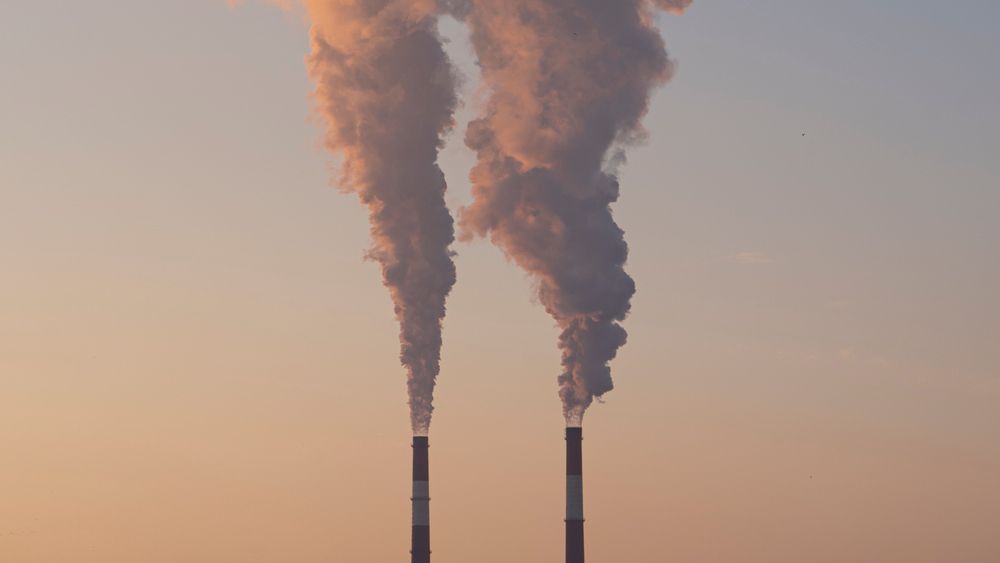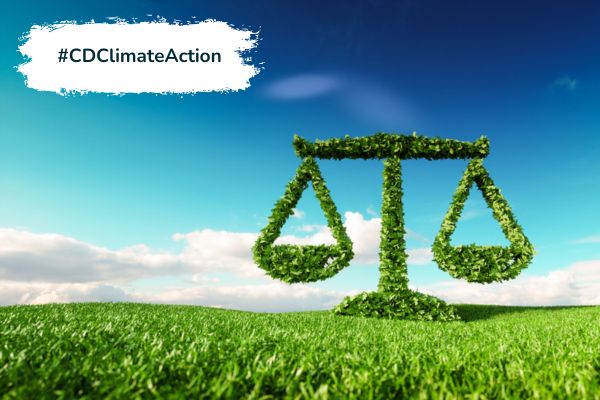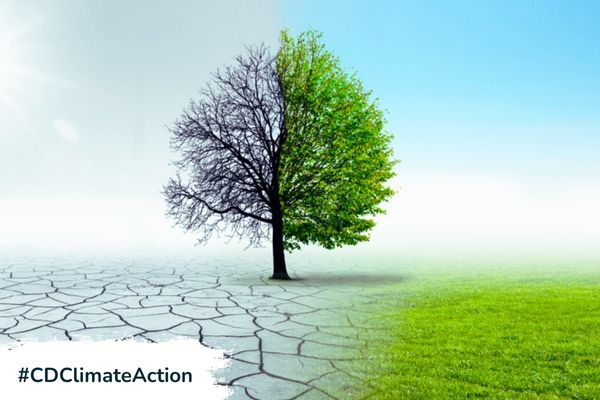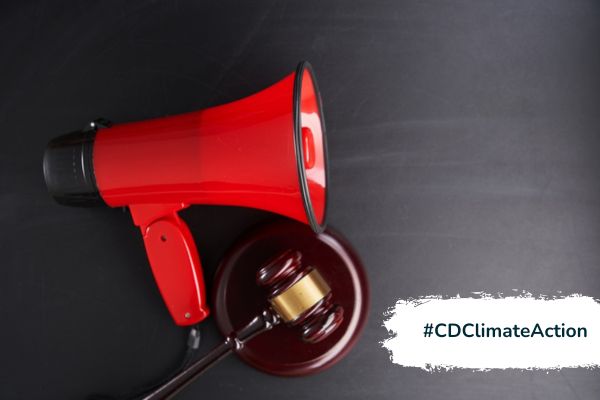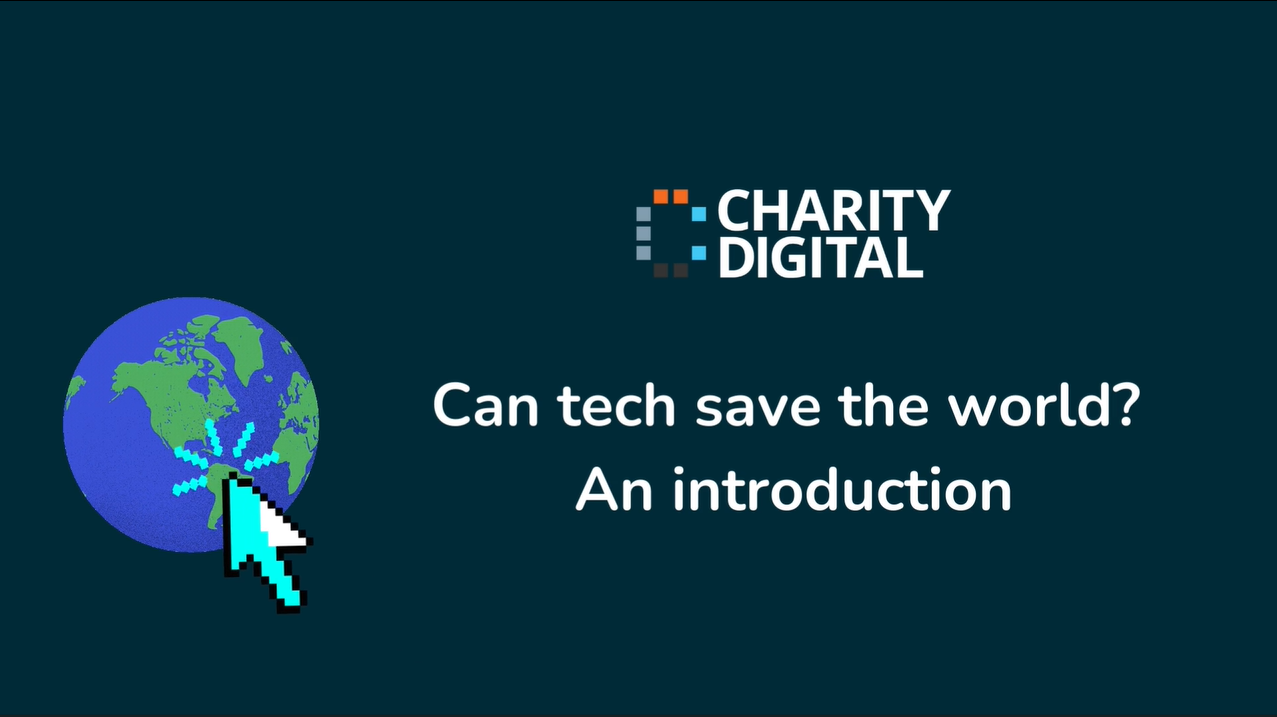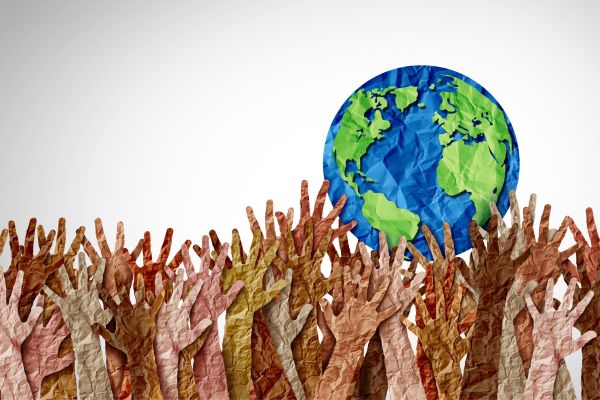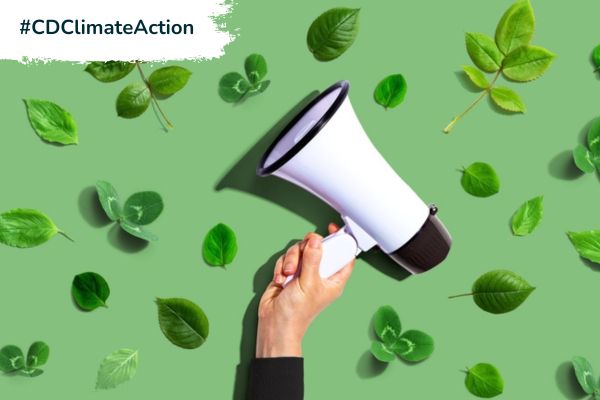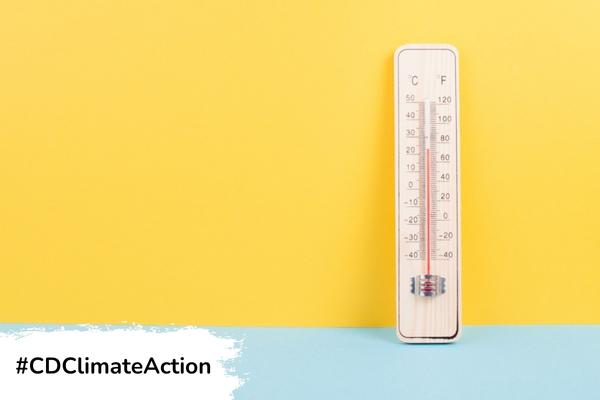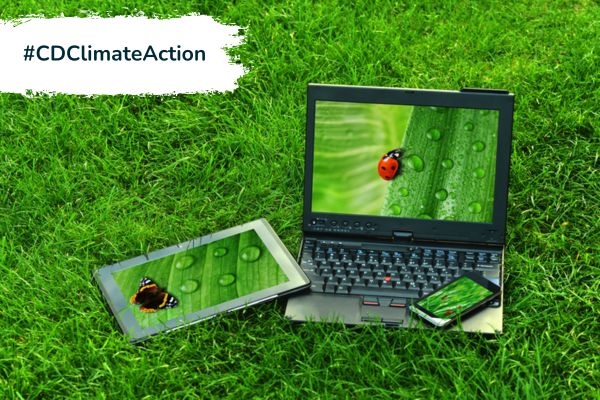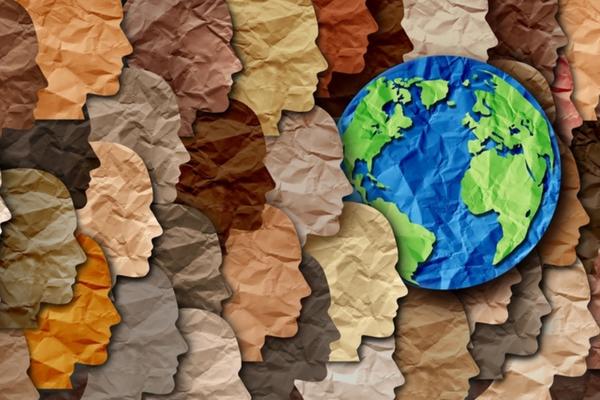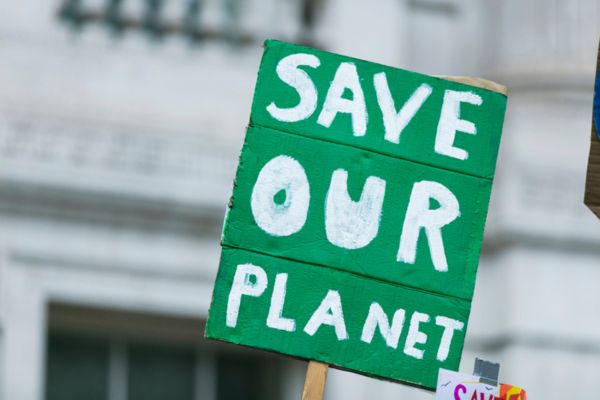Insights
INSIGHTS
All Topics
Climate change: what is burden sharing?
25 Sep 2023by kirsty marrins
How can countries contribute to lowering carbon emissions and limiting global warming to 1.5˚C when resources are not equitable?
CHECK OUT OUR ’CLIMATE ACTION’ HUB!
How can countries contribute to lowering carbon emissions and limiting global warming to 1.5˚C when resources are not equitable?
Climate change is complex. The modern world runs on fossil fuels and we’ve become modernised by the development of tech that depends on fossil fuels – which are cheap and easy to access.
Getting countries to agree on a shared climate goal has been difficult and complicated. One of the reasons is defining how countries share the burden of climate change and how to mitigate it in a way that’s fair.
Burden-sharing defined
Charity Digital’s definitive climate change glossary defines burden-sharing as: Sharing efforts and reducing sources of emissions from historical or projected levels, as well as sharing the burden to countries across the world.It is an important term, particularly when considering responsibilities for emissions between countries.
What does ‘burden-sharing’ mean
Burden-sharing, when it comes to climate change, is a complex issue. Essentially it means that every country should ‘share the burden’ of climate change and play their part in reducing carbon emissions. But countries differ in so many different respects – from historical roles in contributing to emissions to their current stage of economic, political, and social development.
Is it possible to find a solution fit for all?
In his research paper, Who should pay for climate? The effect of burden-sharing mechanisms on abatement policies and technological transfers, Emanuele Campiglio states: “Indeed, the clear distinction between developed and developing regions and the issues of fairness that this inevitably gives rise to, are the main factors holding back the attainment of a common agreement on emissions reduction and burden sharing.”
Nationally determined contributions
Each of the 196 parties that signed up to the Paris Agreement (2015), which is a legally binding international treaty on climate change, agreed to limit global warming to 1.5˚C.
A Nationally determined contributions (NDC) is a document that each country has, which outlines the actions they will take to reduce their greenhouse gas emissions in order to reach goals set out in the Paris Agreement.
The role of climate justice
Climate justice refers to the fact that most emissions, leading to climate change, have historically been from the richest countries that have the resources and infrastructure to adapt to rising temperatures. While the poorest countries are most vulnerable to climate change because they lack the finances and resources to tackle environmental destruction.
There are also other injustices that contribute to climate injustice. These include structural racism and other social and economic inequalities. For example, structural racism in climate justice refers to when communities of people of colour are disproportionately affected by health hazards because they are forced to live in close distance to sources of toxic waste, sewage, landfills, etc. As a result, they suffer from health problems related to their proximity to hazardous pollutants.
Climate finance and burden-sharing
Arguably, the world’s poorest countries have done the least to contribute to climate change. But they are most at risk. Some developing countries have also demanded that they be able to use cheap fossil fuels to develop and achieve economic growth. Some developed countries have been unwilling to take on the high costs associated with reducing carbon emissions. As mentioned earlier, addressing climate change is complex and nuanced.
Climate finance refers to financial assistance offered to vulnerable countries by developed countries, from public and private sources. It’s important for mitigation as large-scale investments are needed to significantly reduce carbon emissions in developing countries.
It’s also important for adaptation as vulnerable countries need resources to adapt to the harmful effects of climate change.
What can charities do?
Every sector, every organisation, and every person has a responsibility to lower their carbon emissions in order to help reach net zero by 2050.
There are lots of things that charities can do to lower their carbon footprint. These include, having a sustainability strategy, working with ethical suppliers, investing in green tech, recycling and reusing and ensuring that any financial investments are in renewable energy and not fossil fuels.
Sign up for our newsletter
Click above to receive the latest sustainability content straight to your inbox
kirsty marrins
More on this topic
Related Content
Recommended Products
Related Videos
Our Events
Charity Digital Academy
Our courses aim, in just three hours, to enhance soft skills and hard skills, boost your knowledge of finance and artificial intelligence, and supercharge your digital capabilities. Check out some of the incredible options by clicking here.

